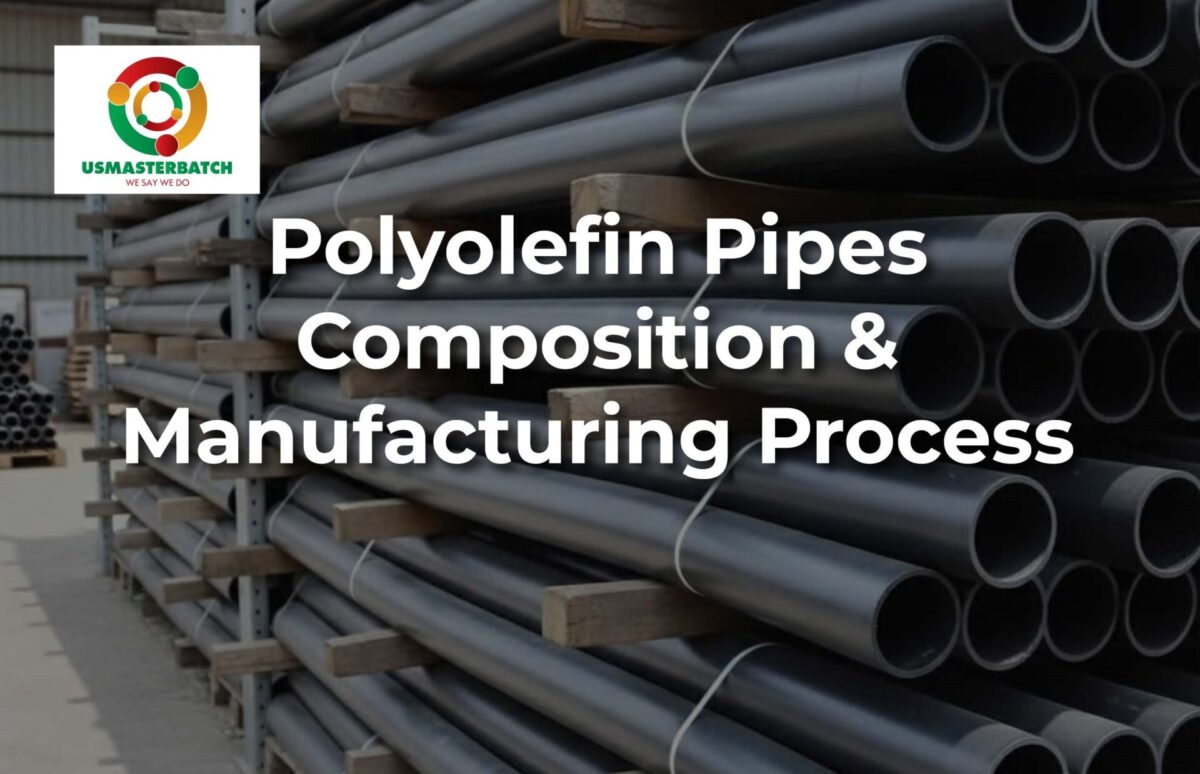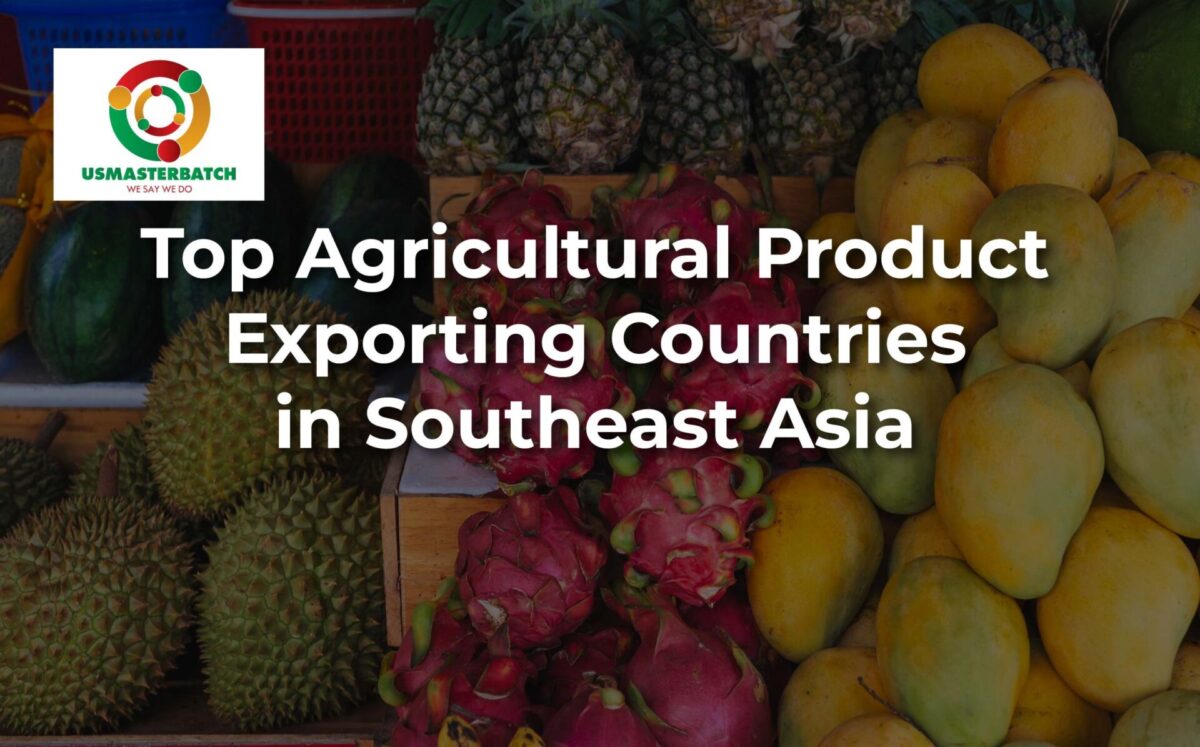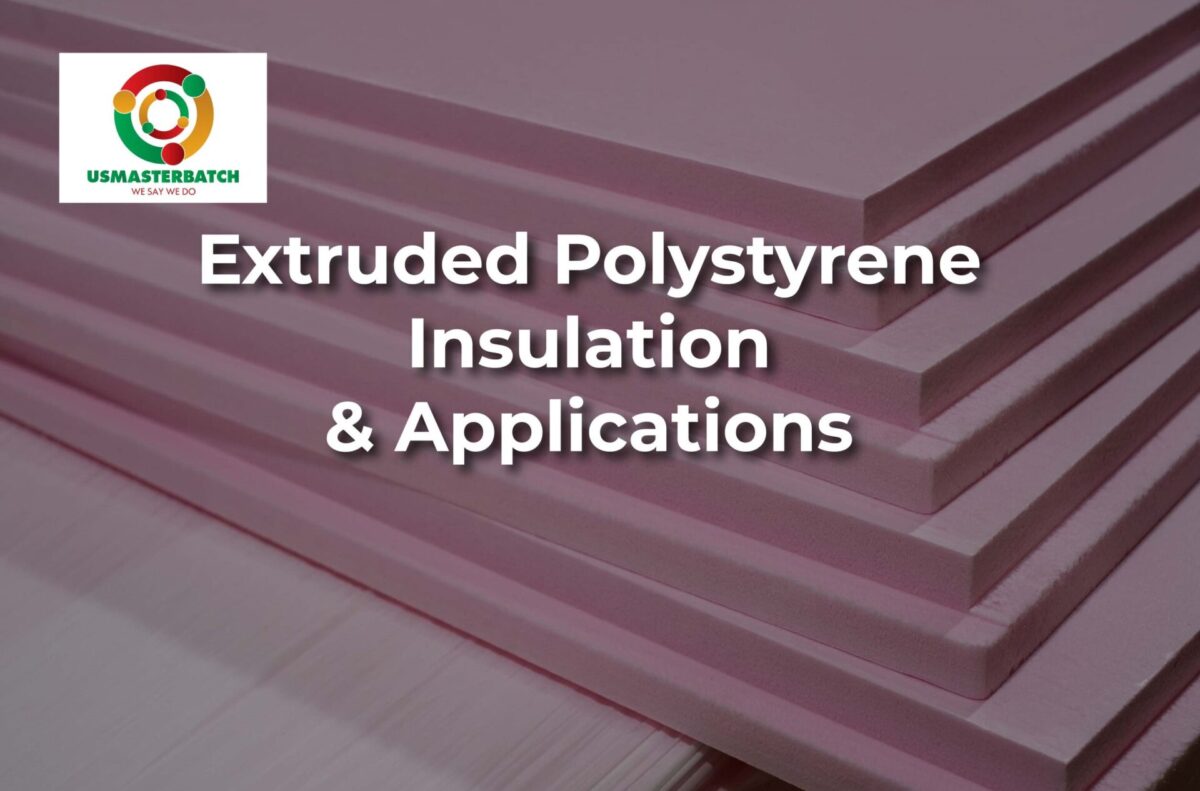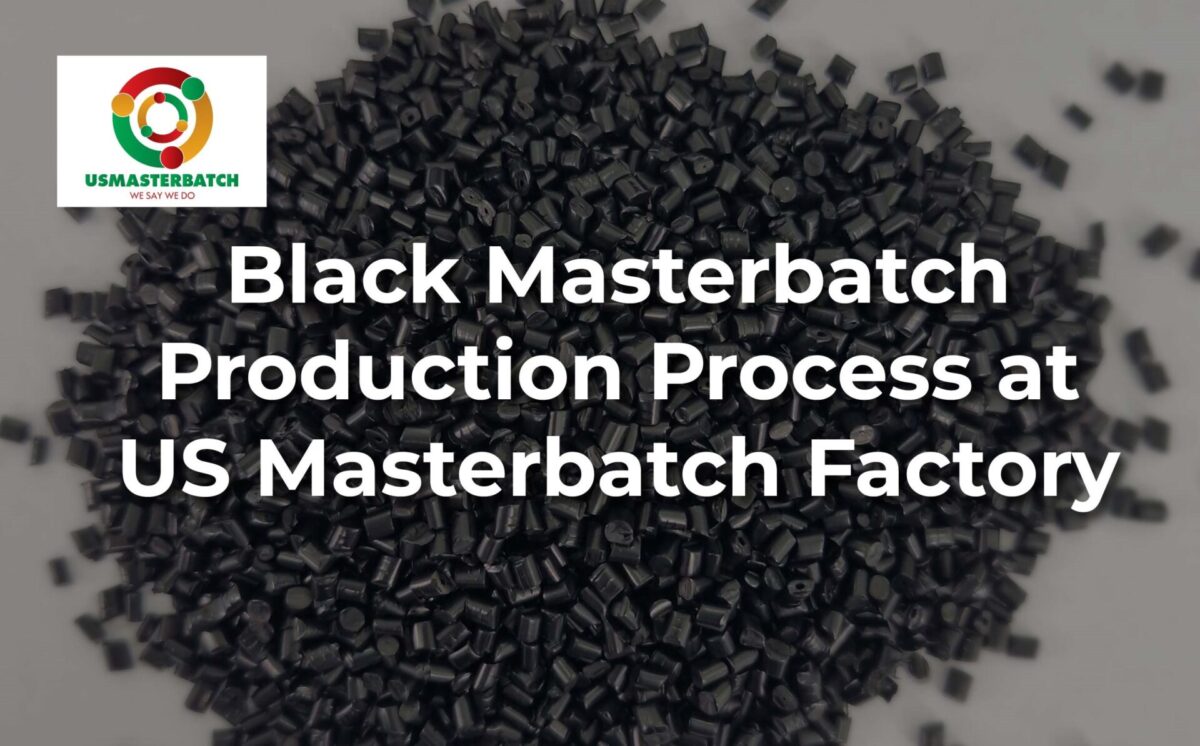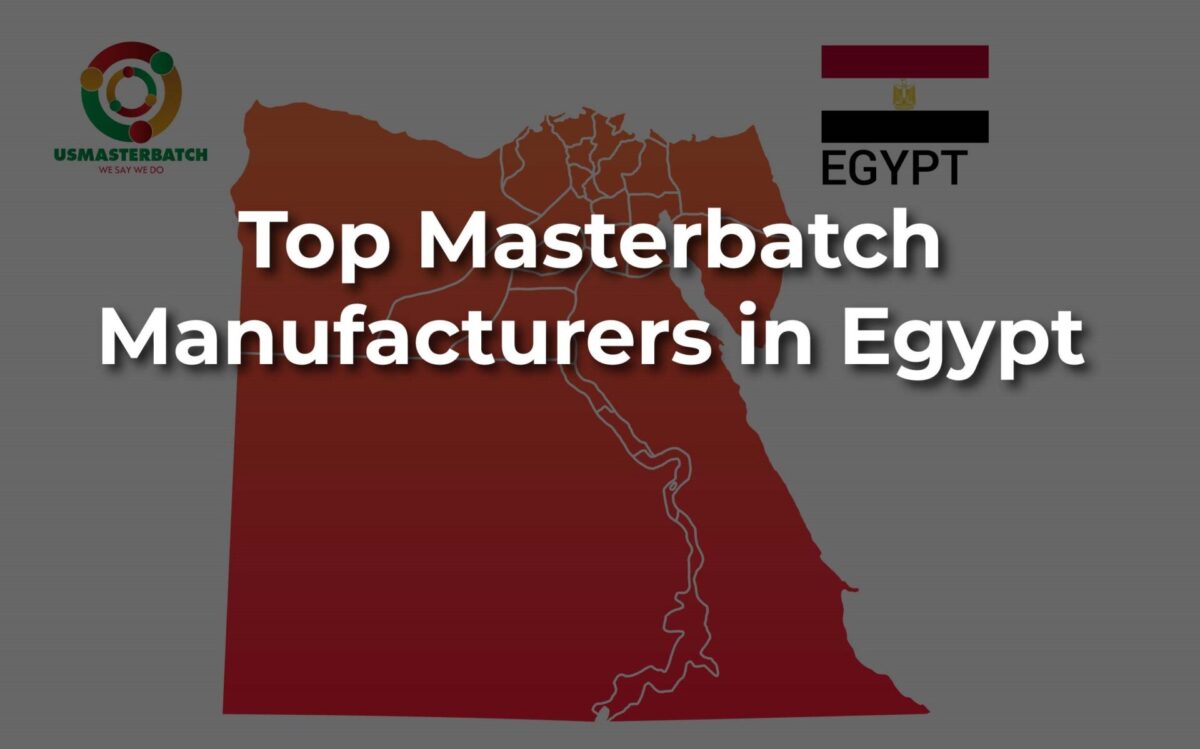
Understanding Pvc Compound Manufacturing Process And The Crucial Role Of Pvc Compound Stabilizer
PVC, or Polyvinyl Chloride, is a widely used material in various industries due to its versatility and durability. From pipes to window frames, PVC finds its application in many areas of our daily lives. But have you ever wondered how PVC compounds are made? Let’s take a closer look at the PVC compound manufacturing process and delve into the significance of PVC compound stabilizers in this process.
1. Overview of PVC Compound Manufacturing Process:
The process of manufacturing PVC compound involves several steps, starting from the raw materials and ending with the final compound ready for use. Here’s a basic overview of the process:
1.1. Raw Material Selection:
The first step in PVC compound manufacturing is the careful selection of raw materials. These raw materials typically include PVC resin, plasticizers, stabilizers, fillers, and pigments. The quality and properties of these materials play a crucial role in determining the characteristics of the final PVC compound.
1.2. Mixing and Blending:
Once the raw materials are selected, they are mixed and blended together in precise proportions. This mixing process ensures uniform distribution of additives and modifiers throughout the PVC resin. Various mixing techniques, such as high-speed mixing or compounding, may be employed to achieve the desired consistency and properties.
1.3. Heating and Melting:
The mixed PVC compound is then heated to high temperatures to melt the resin and blend it with other additives thoroughly. This melting process is crucial for achieving homogeneity and improving the flow properties of the compound.
1.4. Extrusion or Molding:
After the heating and melting stage, the molten PVC compound is either extruded through a die to form specific shapes or molded into desired forms using molds and cooling systems. Extrusion is commonly used for producing PVC pipes, profiles, and sheets, while molding is suitable for intricate shapes and products.
1.5. Cooling and Solidification:
Once the PVC compound takes its final shape, it is cooled and solidified to maintain its structural integrity. Cooling may involve air or water cooling systems, depending on the specific requirements of the product.
1.6. Quality Control and Testing:
Throughout the manufacturing process, rigorous quality control measures are implemented to ensure the consistency and performance of the PVC compound. Various tests, such as viscosity measurement, tensile strength testing, and thermal stability analysis, are conducted to assess the quality of the final product.

2. Role of PVC Compound Stabilizer:
One of the critical components in the PVC compound manufacturing process is the PVC compound stabilizer. PVC itself is susceptible to degradation when exposed to heat, light, and other environmental factors. PVC compound stabilizers play a vital role in preventing this degradation and extending the lifespan of PVC products. Here’s how PVC compound stabilizers contribute to the manufacturing process:
2.1. Thermal Stabilization:
PVC compound stabilizers help to protect the PVC resin from thermal degradation during processing and application. By inhibiting the breakdown of polymer chains at high temperatures, stabilizers ensure that the PVC compound maintains its structural integrity and performance over time.
2.2. UV Stabilization:
Exposure to ultraviolet (UV) radiation can cause PVC products to become brittle and discolored over time. PVC compound stabilizers contain additives that absorb or scatter UV rays, thus preventing UV-induced degradation and preserving the aesthetic appeal of PVC products.
2.3. Oxidative Stabilization:
Oxygen in the atmosphere can initiate oxidative degradation of PVC, leading to the formation of cracks and surface deterioration. PVC compound stabilizers act as antioxidants, scavenging reactive oxygen species and inhibiting the oxidation process to maintain the stability of PVC compounds.
2.4. Processing Aid:
In addition to their stabilizing properties, PVC compound stabilizers can also act as processing aids, improving the flow properties and workability of the PVC compound during processing. This results in smoother extrusion or molding processes and enhances the overall efficiency of PVC manufacturing.
3. Conclusion:
In summary, the manufacturing process of PVC compound involves careful selection of raw materials, mixing, heating, shaping, and quality control measures. Throughout this process, PVC compound stabilizers play a crucial role in preserving the integrity and performance of PVC products. By providing thermal, UV, and oxidative stabilization, as well as serving as processing aids, PVC compound stabilizers ensure that PVC compounds meet the stringent requirements of various applications. As the demand for PVC continues to grow across industries, understanding the importance of PVC compound stabilizers becomes essential for achieving high-quality and durable PVC products.

